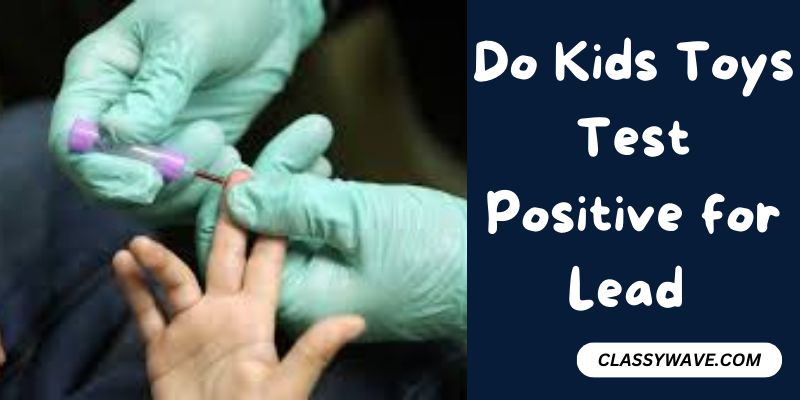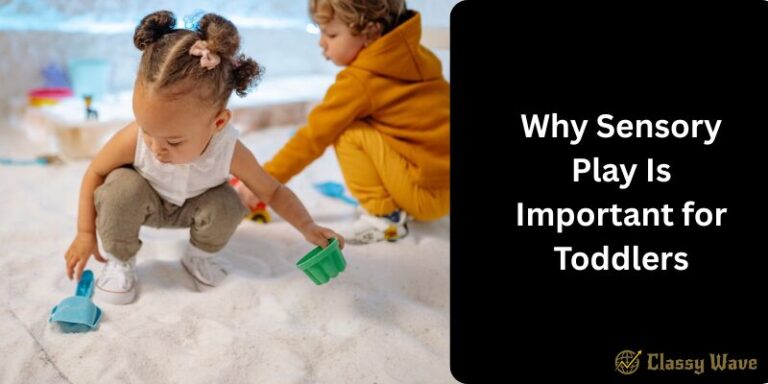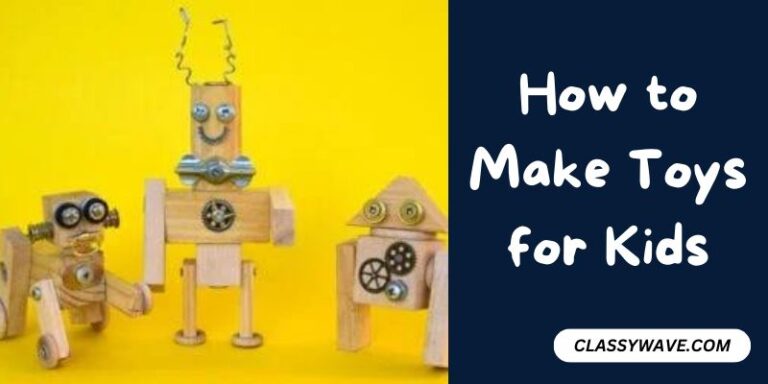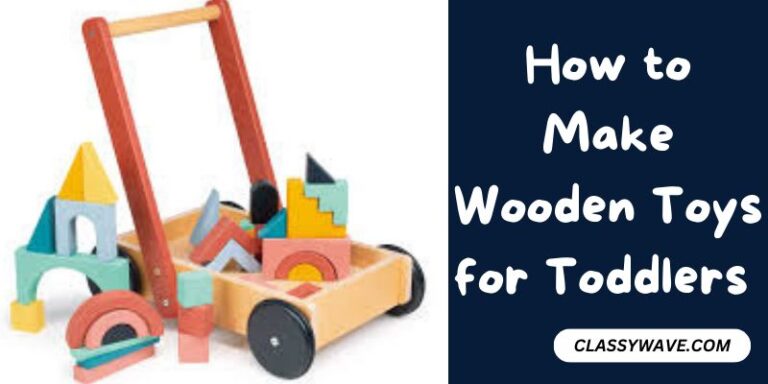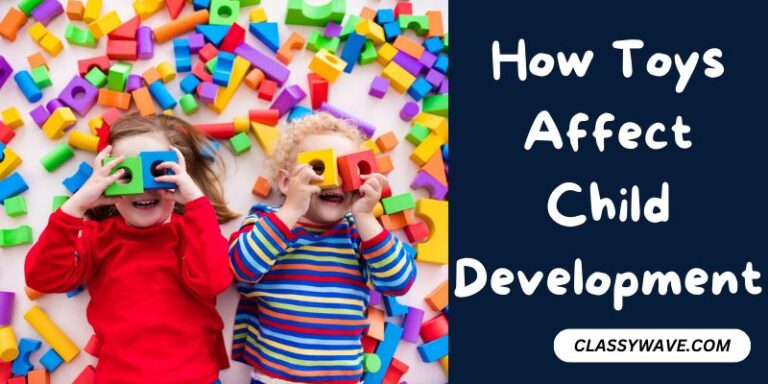Do Kids Toys Test Positive for Lead – Are Kids’ Toys Safe?
In recent years, concerns about the safety of kids’ toys have escalated, with one particularly alarming issue taking center stage: lead contamination. Parents and caregivers, rightfully so, worry about the toys their children play with and the potential health risks associated with lead exposure.
Lead, a toxic metal, has been a persistent threat in various consumer products, with kids’ toys being no exception. The increasing awareness of lead’s detrimental effects on health has sparked a growing concern among parents and regulatory bodies.
Toys are more than just playthings; they play a crucial role in a child’s development. Ensuring that toys are free from harmful substances, especially lead, is paramount to safeguarding children’s well-being.
Understanding Lead Contamination
What is lead?
Lead is a naturally occurring heavy metal that, when ingested or inhaled, can pose serious health risks, particularly to children whose developing bodies absorb lead more readily.
Risks associated with lead exposure
Lead exposure is linked to a range of health issues, from cognitive impairments and developmental delays to behavioral problems and, in extreme cases, organ damage.
Common sources of lead contamination
Apart from toys, sources of lead exposure include contaminated water, lead-based paints, and certain imported goods. However, the focus here is on the specific threat posed by lead in kids’ toys.
Regulatory Measures for Toy Safety
Overview of toy safety regulations
Stringent regulations are in place to ensure that toys meet specific safety standards. These regulations encompass various aspects, including material composition and manufacturing processes.
Standards set for lead content in kids’ toys
Government agencies worldwide establish and enforce strict limits on the amount of lead permissible in children’s toys, aiming to eliminate or minimize the risk of lead exposure during play.
The role of government agencies in enforcing regulations
Agencies such as the Consumer Product Safety Commission (CPSC) play a pivotal role in monitoring and enforcing compliance with toy safety regulations, and conducting recalls when necessary.
The Testing Process
Methods used to test toys for lead
To ensure compliance with safety standards, toys undergo rigorous testing, with methods including X-ray fluorescence (XRF) and chemical analysis to detect even trace amounts of lead.
Importance of regular testing and quality control
Regular testing is crucial to maintaining the safety of toys, and preventing lead-contaminated products from reaching the hands of children. Quality control measures are integral to the manufacturing process.
Challenges in ensuring lead-free toys
Despite testing measures, challenges such as global supply chain complexities and variations in manufacturing processes can still pose obstacles to ensuring completely lead-free toys.
Instances of Lead-Positive Test Results
Highlighting specific cases of toys testing positive for lead
Unfortunately, instances of toys testing positive for lead continue to emerge, leading to heightened concerns among parents and prompting swift actions such as recalls.
Consequences and recalls
When lead-positive test results are confirmed, the consequences can be severe, ranging from damage to a company’s reputation to legal implications. Recalls are initiated to remove unsafe products from the market.
Impact on Children’s Health
Short-term effects of lead exposure
Children can experience immediate health effects, including nausea, vomiting, and irritability, in the short term after exposure to lead.
Long-term implications for cognitive development
The real danger lies in the long-term effects, where lead exposure can negatively impact a child’s cognitive development, leading to learning disabilities and behavioral issues.
The vulnerability of children to lead toxicity
Children, especially those under six years old, are particularly vulnerable to lead toxicity due to their developing brains and bodies.
Consumer Awareness
Importance of informed toy purchasing decisions
Parents must be proactive in making informed decisions when purchasing toys, considering factors like material composition, safety certifications, and reviews.
How parents can stay informed about toy safety
Staying informed involves researching brands, checking for recalls, and following updates from regulatory bodies to ensure the ongoing safety of toys in the household.
Recognizing warning signs in toys
Educating parents about recognizing warning signs, such as peeling paint or unusual odors, can empower them to identify potential issues with toys and take prompt action.
Alternatives and Safe Toy Options
Exploring lead-free and non-toxic toy alternatives
In response to the growing concern over lead in toys, many manufacturers have shifted towards producing lead-free and non-toxic alternatives. Exploring such options provides peace of mind to parents.
Promoting eco-friendly and safe toy brands
Prominent toy brands committed to safety and sustainability offer eco-friendly alternatives. Supporting these brands not only ensures the well-being of children but also contributes to a more sustainable future.
Manufacturer’s Responsibility
The role of toy manufacturers in ensuring safety
Toy manufacturers bear a significant responsibility in guaranteeing the safety of their products. Adhering to strict quality control measures and using safe materials are paramount in this regard.
Transparency in labeling and materials used
Transparent labeling, providing information about the materials used in manufacturing, empowers consumers to make informed choices. Manufacturers embracing transparency build trust with their customer base.
Educating Parents and Caregivers
The significance of educating parents about potential risks
Education is key in empowering parents to make informed choices. Understanding the risks associated with lead exposure equips parents to take proactive measures to ensure toy safety.
Resources for staying informed about toy safety
Various online resources, including official government websites, non-profit organizations, and parenting forums, provide valuable information on toy safety regulations, recalls, and reviews.
Industry Changes and Innovations
Ongoing efforts in the toy industry to address lead concerns
The toy industry continually evolves to address safety concerns. Ongoing efforts include research into new materials, manufacturing processes, and technologies to create safer toys.
Innovations in materials and production processes
Innovations such as the use of lead-free paints, alternative materials, and advanced manufacturing processes contribute to the development of toys that meet high safety standards.
Tips for Toy Safety at Home
Proper storage and maintenance of toys
Ensuring proper storage and regular maintenance of toys prevent wear and tear that could potentially expose children to harmful substances.
Regularly checking for wear and tear
Routine checks for wear and tear, especially in older toys, help identify potential risks early on, allowing for timely repairs or removal of unsafe items.
Advocacy for Stricter Regulations
The need for continuous improvement in toy safety standards
Advocacy for stricter regulations encourages the industry to continuously enhance safety standards, providing a safer environment for children.
Supporting initiatives for stricter regulations
Active support for initiatives aimed at strengthening toy safety regulations is crucial. This includes participating in awareness campaigns and engaging with advocacy groups.
Addressing Common Misconceptions
Debunking myths about lead in toys
Dispelling common myths helps clarify misconceptions around lead-in toys, fostering a better understanding of the actual risks involved.
Clarifying misconceptions about toy safety
Addressing misconceptions related to toy safety ensures that parents are well informed and can make decisions based on accurate information.
Conclusion
In conclusion, the significance of ensuring lead-free toys cannot be overstated. The well-being and development of children depend on the choices parents make regarding the toys they bring into their homes.
Encouraging parents to be proactive in ensuring toy safety sets the foundation for a safer play environment. By staying informed and making conscientious choices, parents play a crucial role in protecting their children from potential harm.
FAQs
How can I check if a toy has been recalled for lead contamination?
Stay informed by regularly checking the official websites of regulatory agencies like the Consumer Product Safety Commission (CPSC) for the latest recalls.
Are all toys labeled as “lead-free” genuinely safe?
While the label is a good indicator, it’s essential to research and choose toys from reputable brands with a commitment to safety.
Can lead exposure from toys be reversed?
Promptly addressing the issue and minimizing further exposure can prevent additional harm, but some effects of lead exposure may be irreversible.
Are there specific age groups more vulnerable to lead toxicity?
Children under six years old are particularly vulnerable due to their developing bodies and behaviors like putting toys in their mouths.
What should I do if I suspect a toy may contain lead?
Immediately remove the toy from your child’s access, contact the manufacturer, and report your concerns to the relevant regulatory agency.

